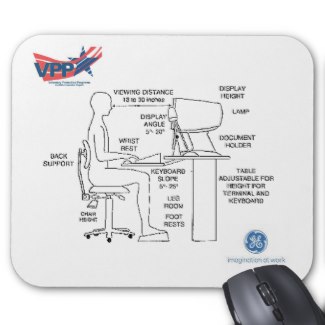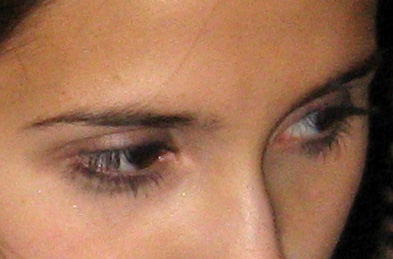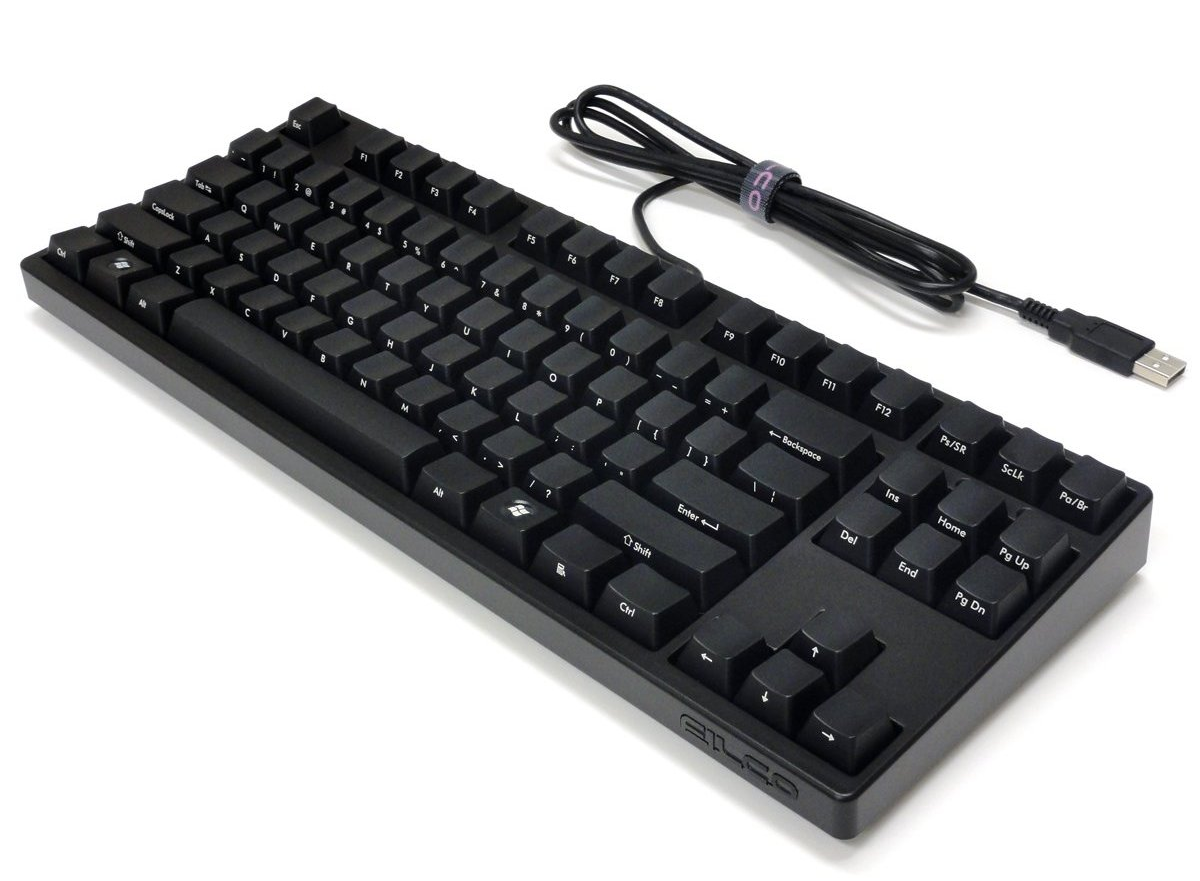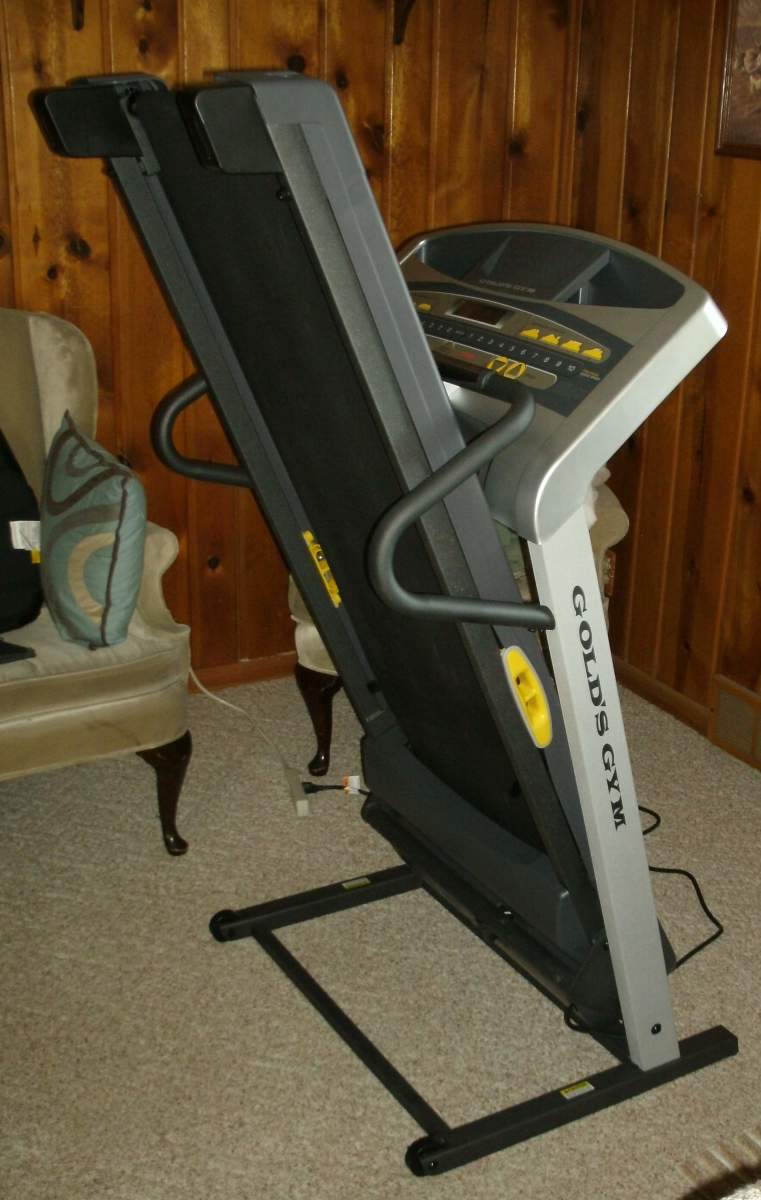Repetitive Motion Problems for Writers

Is Your Computer Killing You? Tips for Writers on Repetitive Motion Injury Prevention
For writers, their computer can be their best friend or their worst enemy. Repetitive motion injuries from computer use are common for writers who spend hours each day at their laptop or desktop computer. In the UK, they are called repetitive strain injuries (RSI).
Since using the computer to write is necessary, the writer usually won't follow the most basic treatment for repetitive motion strain. That treatment is to rest the injured wrist, elbow, shoulder or neck. To give those painful areas a rest, the writer is essentially laid-off and losing income by the hour.
(Photo of Virginia Allain at her writing desk. Taken by CJ Ross)
The best way, of course, is to take preventative steps to not develop a computer-related injury in the first place. I had to learn this the hard way and have suffered through some really painful and debilitating repetitive motion strains.
I'll share here the best tips and techniques that I've researched and learned over the years. Fortunately these really make a difference and it has been years since I've had writer's elbow or wrist pain caused by my computer use.
Don't let your computer get the better of you.

CindyAAvelino created this mouse pad on Zazzle: Grim Reaper Mousepads
Bad Things Your Computer Does to You
- A feeling of numbness or a burning sensation in the fingers and the palms. This might manifest itself as a tingling or you might find your fingers and hands feeling clumsy or stiff.
For me the numbness in my index finger improved after treatment, but seven years later there's still some residual loss of sensation in that finger. The repetitive motion injury caused permanent nerve damage in that finger. It was caused by excessive mouse clicking.
- A feeling of weakness in the forearm or a difficulty in gripping things.
When I had my repetitive computer injury, it got so bad, that I couldn't shift the stick shift in my car with my right hand. I had to reach across with my left hand to shift.
- Pain in the neck area.
In my case, this was from tilting my head to see the computer screen through the lower part of my bi-focal glasses. The solution I took was to get an office desk with the computer dropped down inside it, slanting upward. Some writers solve it by switching to single focus glasses for the time they use the computer.
- Pain and difficulty in moving the shoulder.
- Pain in the elbow.
This problem hit me when I had my mouse placed off to the right on my desk. Using it hour-after-hour with my arm at an awkward angle led to severe elbow pain and pain in my shoulder too that lasted for weeks.
- Burning eyes from eye strain.
Learn More about Office Ergonomics Here
For more about this, I suggest the University of Waterloo guide to office ergonomics. Learn the proper distance to place your computer screen. How a chair should fit you, the right kind of lighting and other standards for healthy computer use.
Learn the Right Way to Sit at the Computer

I Need to Practice What I Preach
A friend joined me to give me a review on some of my blogs the other day. I sat in front of the computer and she was off to the side.
After a short time of navigating the web, she made an observation that startled me. "You are holding your head at a bad angle," she said. Oops, I've fallen into using poor posture at my computer.
I have a pretty good set-up with a keyboard, big monitor and a mouse connected to my laptop. My desk has a pull-out tray for the keyboard, so that's at the right level.
I find myself leaning forward to see the words better on the screen. Unfortunately with my bifocals, that means I tilt my head at an awkward angle.
Actually if I lean back in my chair, I see the screen well enough. It also puts my eyes at the right angle without tilting my head. From now on, I need to check my posture regularly and not get so caught up in what I'm doing online.
How about you? Are you using good posture with your computer or heading for some computer injuries in the future?
How Many Hours a Day Do You Work at Your Computer? - A survey of writers
Vote in the poll
Just step away from the computer... and no one gets hurt...
Get a Funny Shaped Keyboard - Yes, ergonomic keyboards really help prevent repetitive motion injuries for writers
These oddly-shaped keyboards feel strange the first few days, but you'll get used to it quickly. You will especially like the way it makes your wrists, forearms and elbows fall into a natural (less painful) position.
Evoluent VM4 Vertical Mouse Right Handed - Click through to see other Evoluent versions of this
Technical writer, Sherry Fraser Snider reports that she got a "mild case of carpal tunnel in my mouse hand, so I bought an ergonomic Evoluent mouse. I'd used track balls of multiple types before, but I never could quite get the detailed control I liked with them. After about 6-8 weeks of using the ergo mouse (and a compression wrist brace off an on), the problem eventually went away. ...haven't had a problem since."
A Split Keyboard - Ensures proper ergonomic set up
Sherry also advises, "I've used a split ergonomic (Microsoft Natural) keyboard since the 80s. I've upgraded through 3 different keyboard connectors over the years from the big round socket, to the PS2 connection, and now the USB. (I hate using regular keyboards now.) Visitors don't mess with my PC since the keyboard and mouse freak them out just a little. :-)"
Have You Had Repetitive Motion Injury - Related to your writing?
Vote in the poll
Learn to Use Your Mouse with Either Hand - Get a mouse that is shaped for use by the right and the left hand both
When I feel my mouse-clicking finger getting sore, I switch my mouse from the right hand to the left hand. Actually most of the time, I use it left-handed these days. The reason is, about 7 years ago, my index finger became so inflamed from overuse that it became numb in the fingertip and about a third of the finger. It's better, but it doesn't take much for it to start hurting.
My fault... as when I first injured it, I knew it was hurting but kept on working for several days on a project with a deadline. With computer injuries, it isn't wise to keep working through the pain. Eight hours of repetitive motion just makes an injury worse. Yes, I made the deadline and we got the grant work done. It took months of pain killers and rest to get that finger back to a reasonably normal functioning.
Try a Roller Ball Mouse - That you roll with your thumb
Lensmaster, Jerrie Dean, writes a popular online column about Missing Persons. She reports, "I had similar complaints years ago but switched to a logitech with a rolling ball. (your thumb moves the ball that moves the cursor) A little bit to get used to but 10 years later I would never go back to the other. I also lowered my mouse to a lower side table and shoulder pain went away."
Trackman Wheel Mouse

Where Did It Hurt?
Vote in the poll
Videos That Demonstrate the Proper Computer Set Up - to avoid repetitive motion problems
Video 1 - a humorous look at computer ergonomics and some solutions.
Video 2 - explains the proper layout for the desk, computer and chair.
Humanscale Ergonomics
The Freedom Chair That Adjusts as You Move - as shown in the video above
This may be too pricey for the average freelance writer. When you choose a chair for your computer work, be sure to sit in it at the store and try it out. Does it adjust easily to your height and are the arms in the right place. Actually I find arms more of a nuisance than a help, but that's just my personal opinion.
Computing Health and Safety Tips
I know you don't have time for a break, but you'll be sorry if you don't take one.
Take Stretch Breaks and Look away from the Screen
Get up from the computer every half hour or so for a quick stretch. Vary it with different movements. Stretch your arms above your head. Flex the shoulders. Massage your arms.
Look around the room to give your eyes a bit of exercise too. Staring at the screen for prolonged periods cause dry eyes as we don't blink as often while working at the computer.
Take the Time to Try Some Chair Exercises
- Office Chair Exercises – Sit but Stay Fit!
"We are made to move, not sit at a desk 12 hours a day," says Joan Price, author of The Anytime, Anywhere Exercise Book. You are that person who’s so stiff when you gets up from your desk and walks like a robot for the first few steps. You...
Take Care of Your Eyes

Don't Ignore Computer Eye Strain
If your eyes bother you while you're trying to write, I highly recommend Joyce T Mann's page on Computer Eye Strain Treatment. She gives a variety of home remedies for this problem.
- Since we don't blink often enough while staring at the screen, you can apply eye drops or artificial tears
- Make sure your glasses prescription is up-to-date. Some people use glasses for computer viewing that are different from their walking around/driving glasses.
- Too much contrast from the bright screen can be a problem, so don't compute in a dark room. Turn on an overhead light.
Do Your Eyes a Favor and Get a Bigger Screen
Many writers use laptops. Their portability is great when you need to take a computer somewhere. The drawbacks are a cramped keyboard, aggravating mouse, small screen and other ergonomic issues. The solution to these computer issues is to set the laptop up on your desk with a decent sized monitor, a wireless ergonomic keyboard and a wireless mouse. If you are using your laptop on the sofa or the bed, you have additional issues to deal with.
Laptops are great, but make them more user friendly if you are spending 5 to 8 hours a day using one.

Please Leave a Comment in the Guestbook Below

© 2012 Virginia Allain








